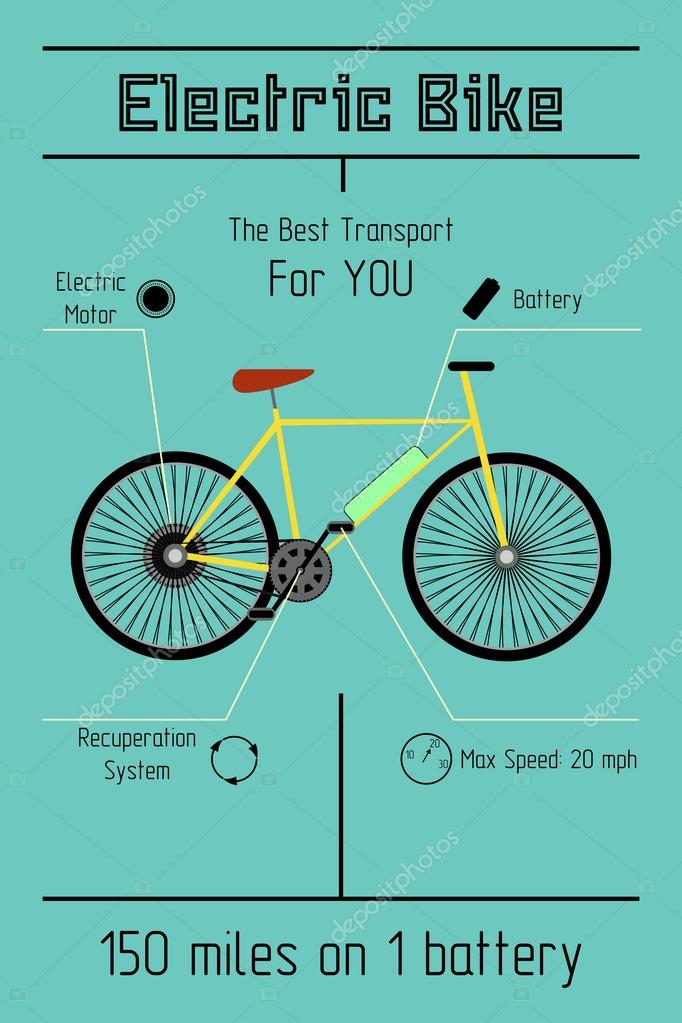Before you hop on your e-bike and hit the streets, it's important to understand the legislations and guidelines that control your city. From speed limits to assigned riding areas, there's a great deal to take into consideration to ensure you're compliant and secure. By familiarizing yourself with the guidelines details to e-bikes, you'll be better geared up to enjoy your rides without any unanticipated legal problems. Keep tuned to discover essential understandings that will aid you navigate the e-bike landscape in your city flawlessly.
Recognizing E-Bike Category
When it concerns navigating the world of e-bike legislations and guidelines, an essential starting point is comprehending the classification system that classifies these electric bicycles. E-bikes are normally classified into three major categories: Course 1, Class 2, and Class 3.
Class 1 e-bikes are pedal-assist just, meaning they supply support while the motorcyclist is pedaling and have a maximum speed of 20 mph. These bikes are admitted areas where standard bicycles are permitted.
Class 2 e-bikes are equipped with a throttle that can drive the bike without pedaling. They likewise have a maximum speed of 20 miles per hour and are suitable for cyclists who may need support without pedaling continually.
Class 3 e-bikes are similar to Class 1 however with a higher maximum speed of 28 miles per hour. These bikes are usually limited from particular bike courses or trails as a result of their higher speeds.
Recognizing these classifications is essential for abiding by local policies and making certain a risk-free and delightful e-biking experience.
Browsing Speed Limitations and Restrictions
To successfully navigate e-bike legislations and regulations, it's essential to understand the speed restrictions and limitations that put on various courses of electrical bikes.
Rate limits for e-bikes vary depending upon the category of the bike. Class 1 e-bikes, which are pedal-assist just and have a maximum speed of 20 mph, are usually permitted on bike lanes and courses.
Class 2 e-bikes, which have a throttle in addition to pedal-assist and likewise get to rates of as much as 20 mph, may be limited in certain locations where motorized vehicles aren't permitted.
Class 3 e-bikes, with pedal-assist approximately 28 mph, are usually needed to follow the same policies as traditional bikes.
It is essential to comply with these speed limitations and restrictions to ensure your safety and the security of others on the road. Before riding your e-bike, acquaint on your own with the certain regulations in your city to stay clear of any kind of prospective penalties or legal concerns.
Where to Trip Your E-Bike
To determine where you can ride your e-bike, it's essential to be aware of the laws and standards particular to your location. In many locations, e-bikes are commonly enabled on roads and streets where standard bicycles are allowed. This might consist of bike lanes, bike paths, and shared highways. Nonetheless, it's important to examine regional regulations as some cities might have particular restrictions on where e-bikes can be ridden.
When riding your e-bike, constantly focus on safety and security by complying with web traffic regulations and appreciating pedestrian walkways. Additionally, be mindful of any assigned bike lanes or paths in your location and use them whenever possible to guarantee a smoother and much safer ride.
Some cities also have guidelines concerning e-bike usage on sidewalks, so make sure to acquaint on your own with these rules to avoid any fines or penalties.
link webpage
Since you're familiar with the laws and laws bordering e-bikes in your city, you can confidently hit the trail understanding where you can ride and what restrictions put on your e-bike classification. Keep in mind to always focus on safety and security and follow the guidelines to make sure a smooth and legal adventure. just click the following article riding!
